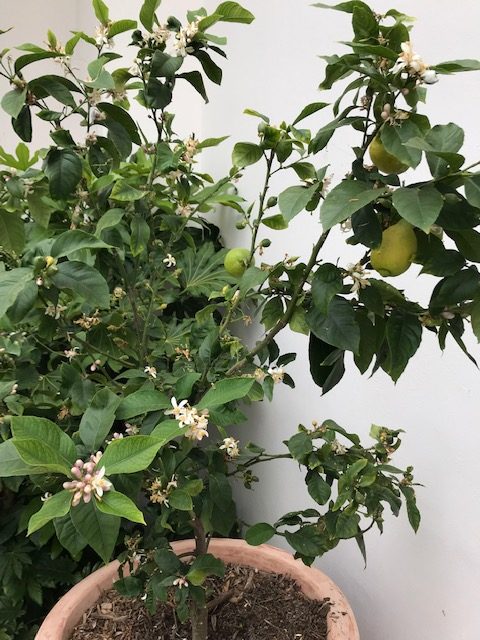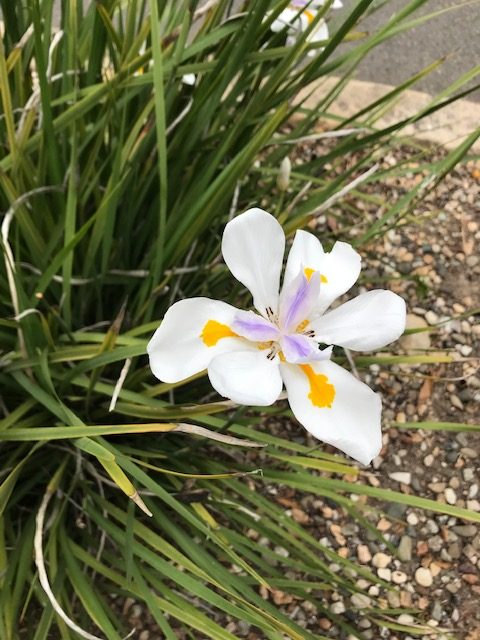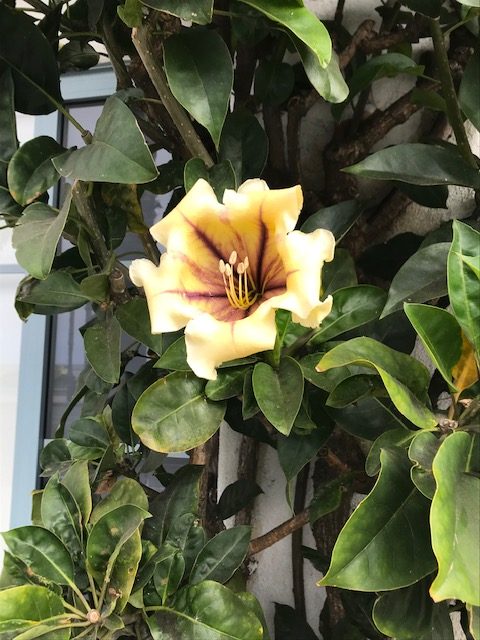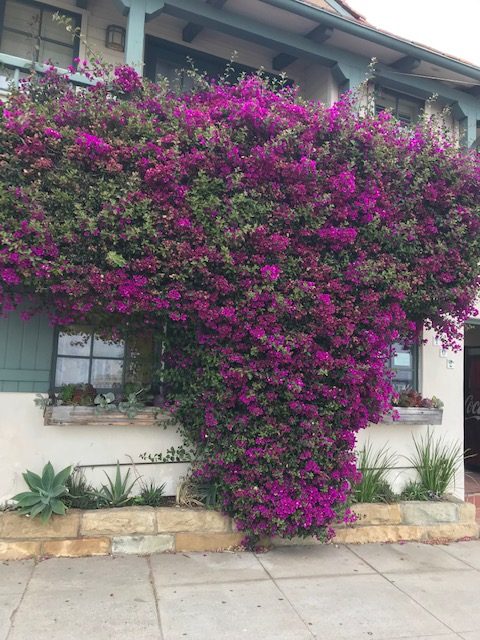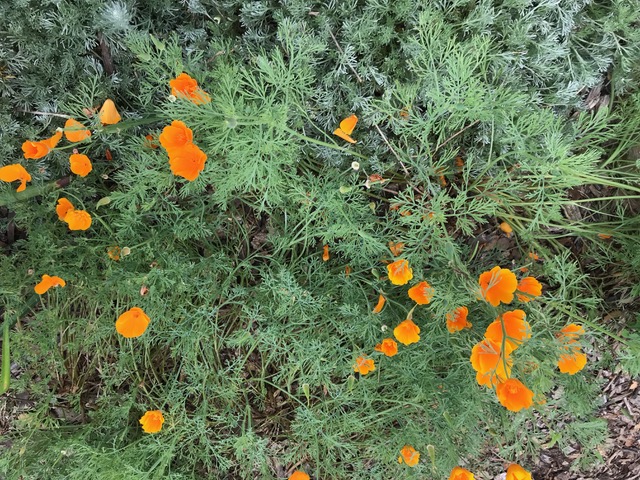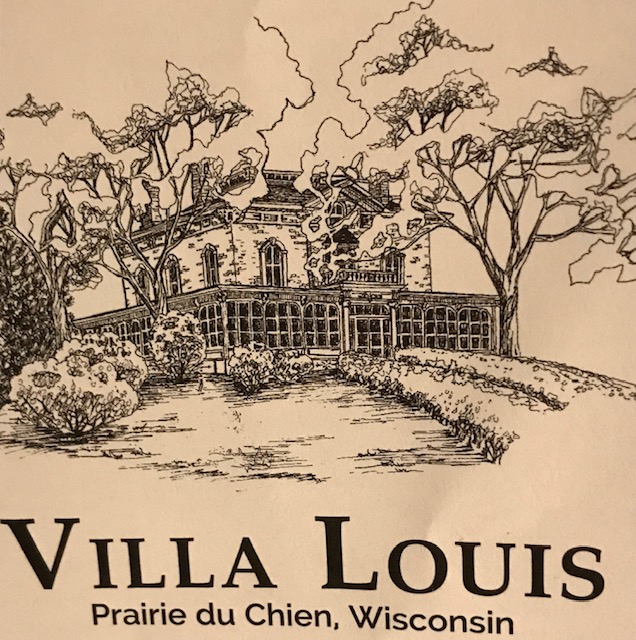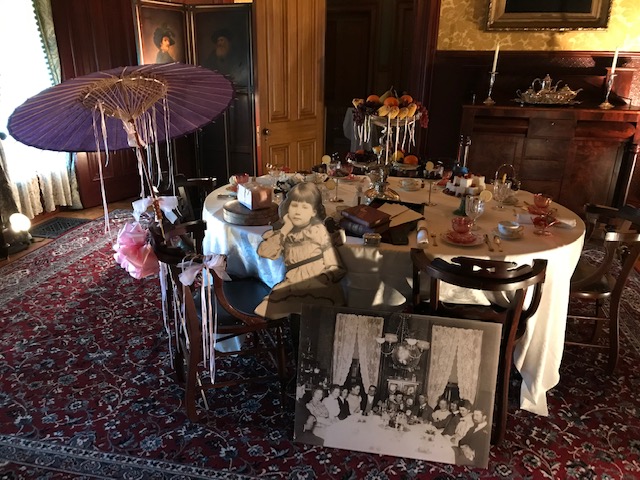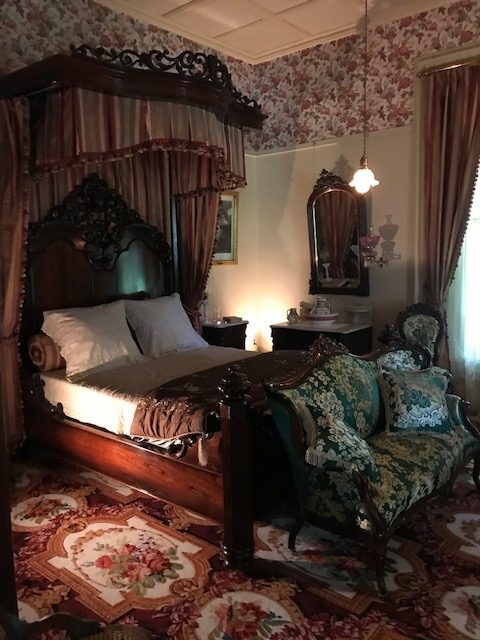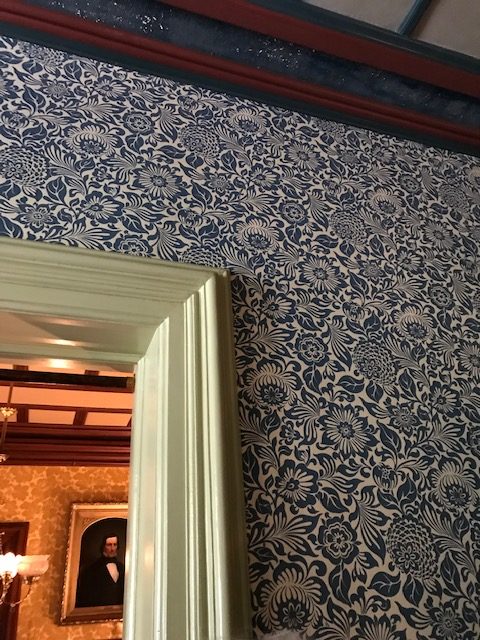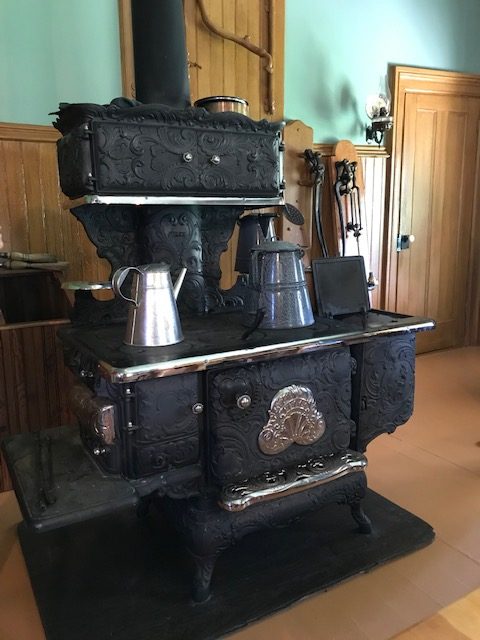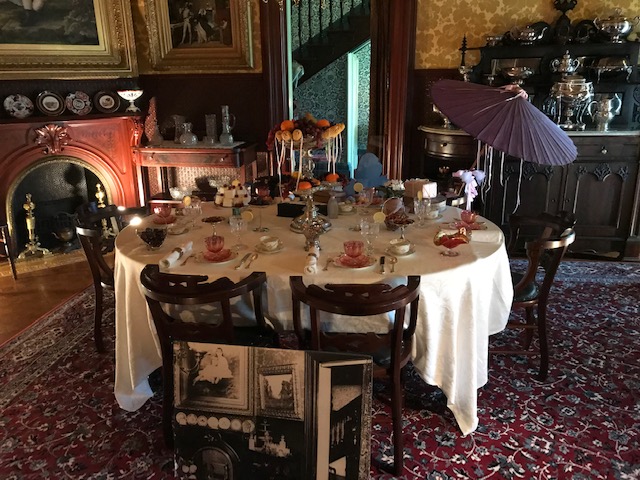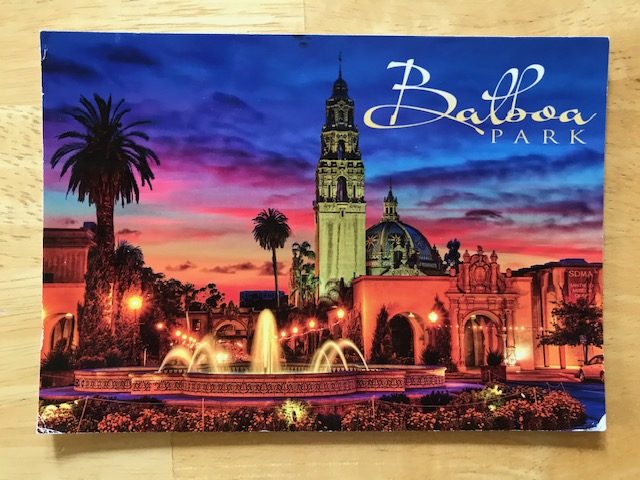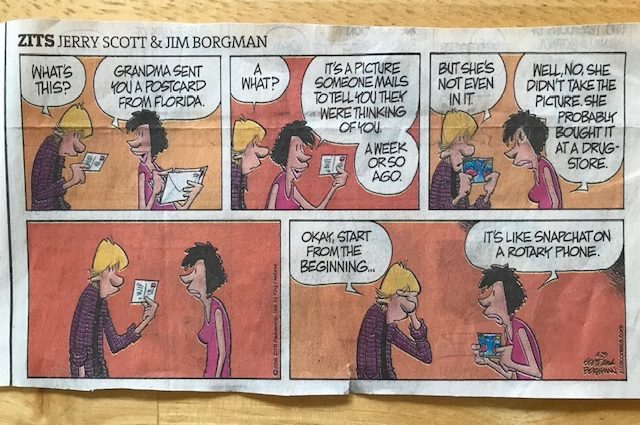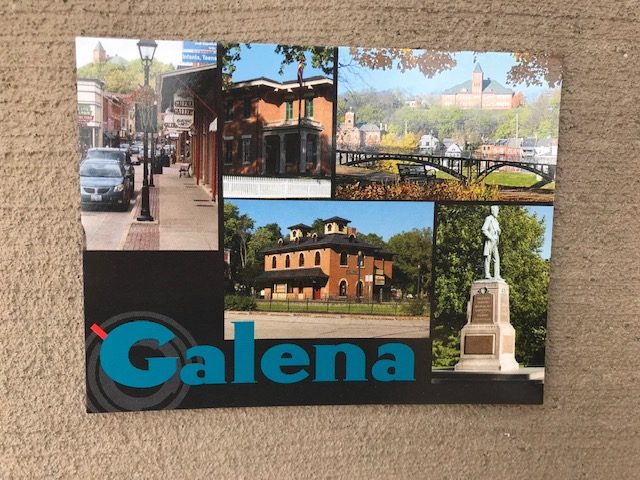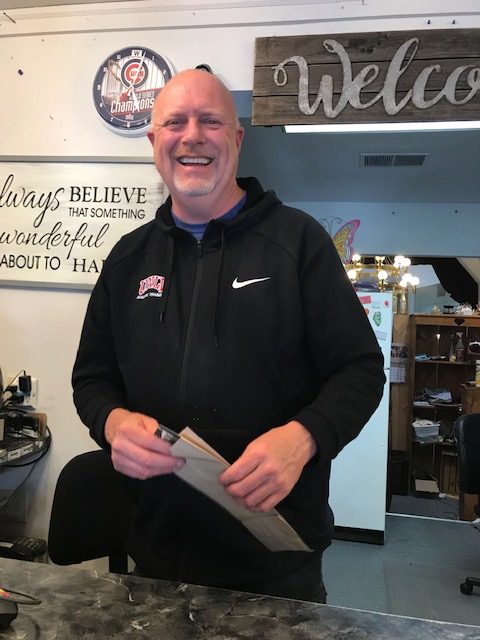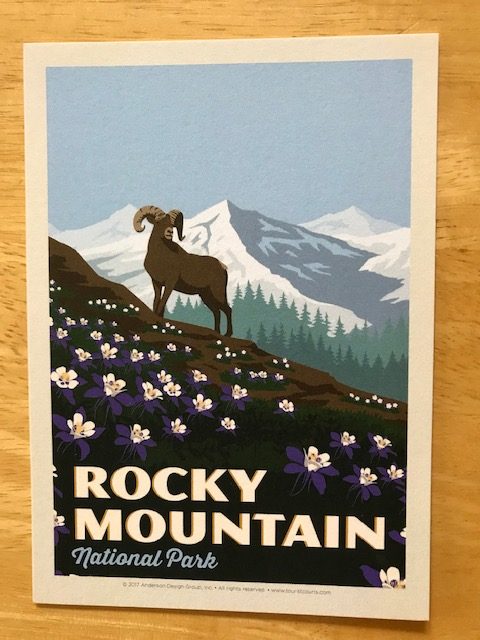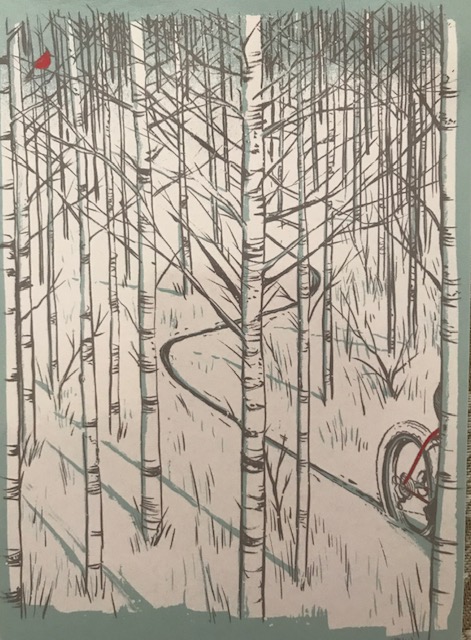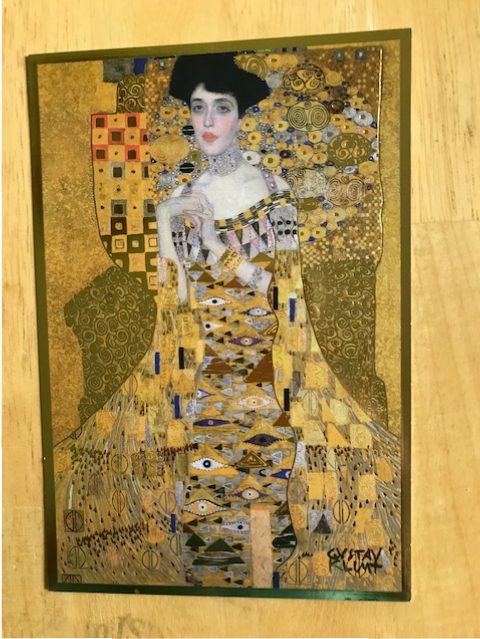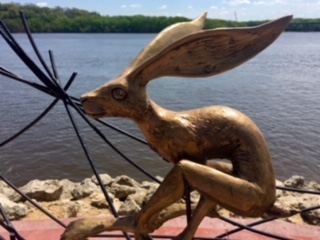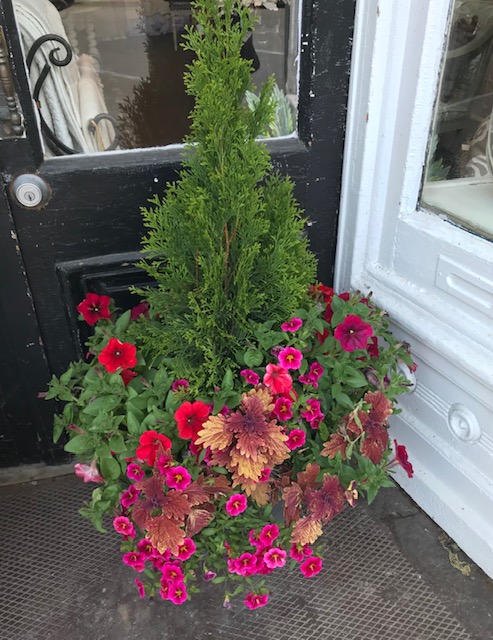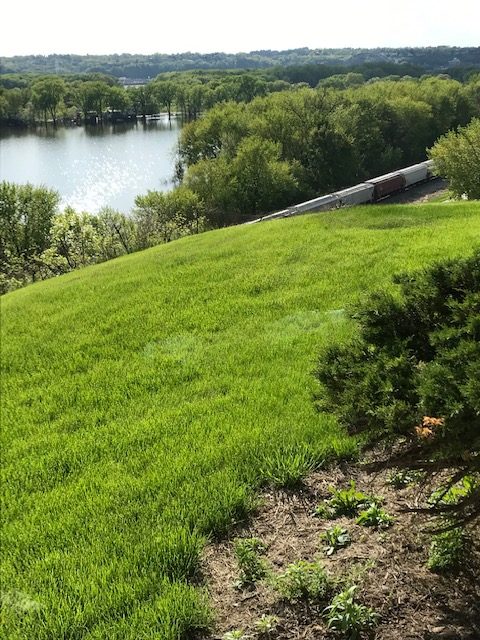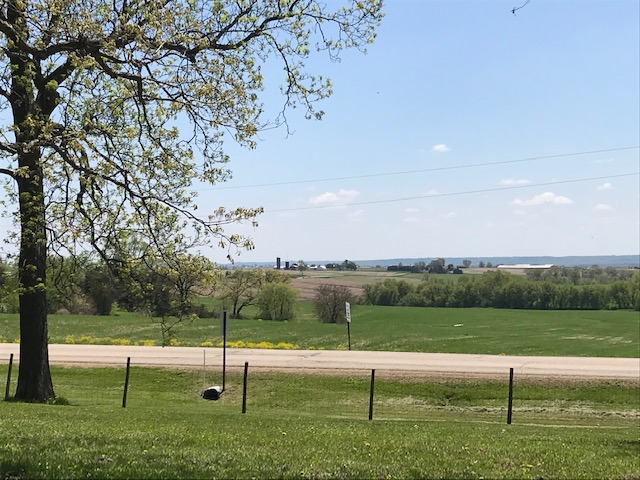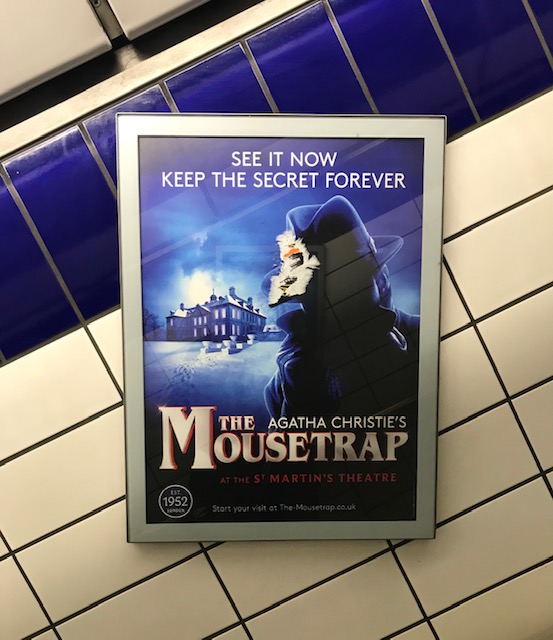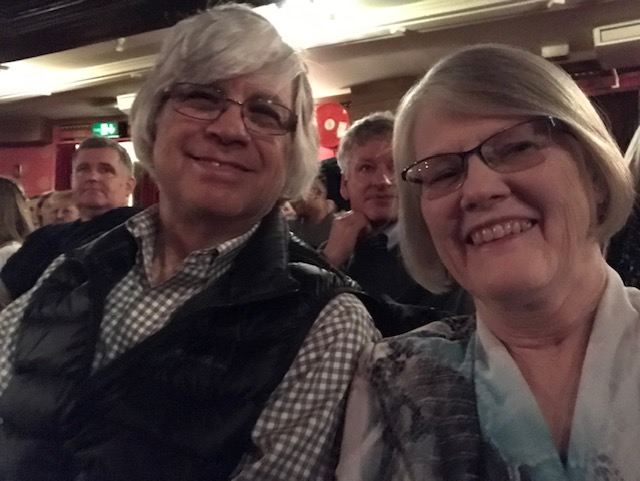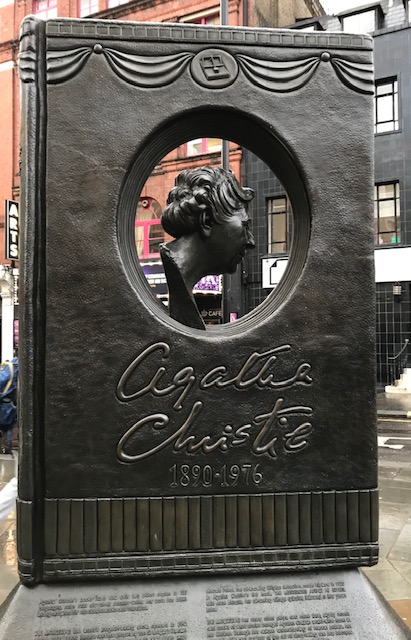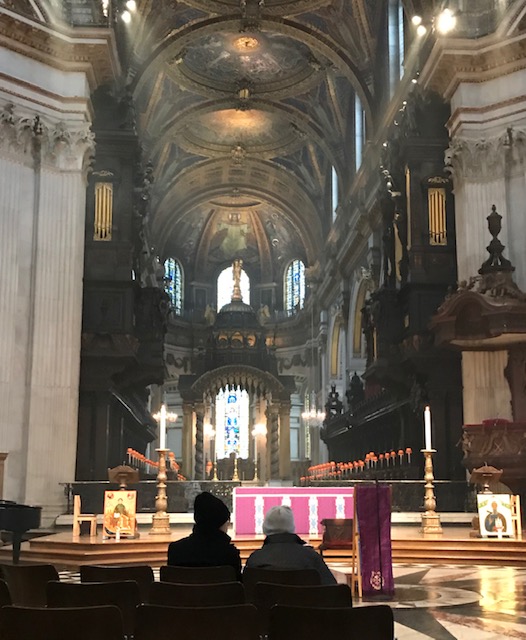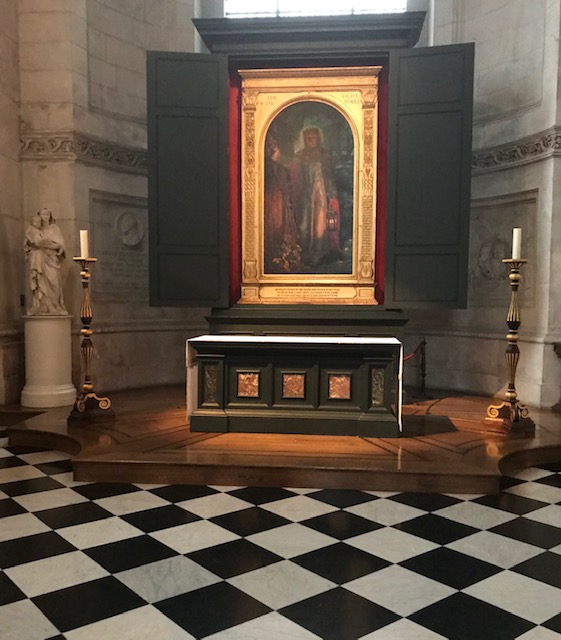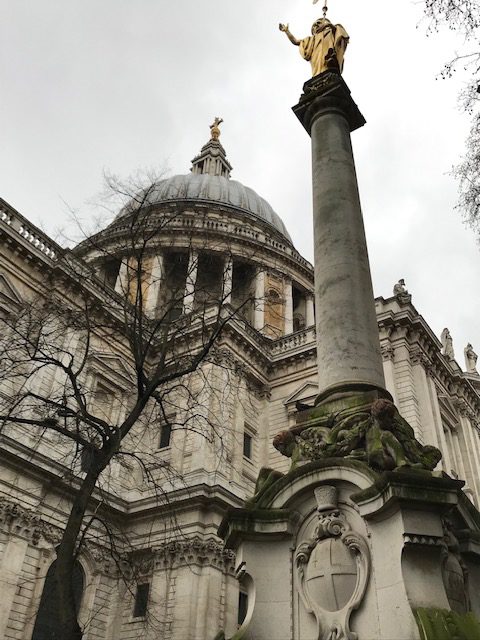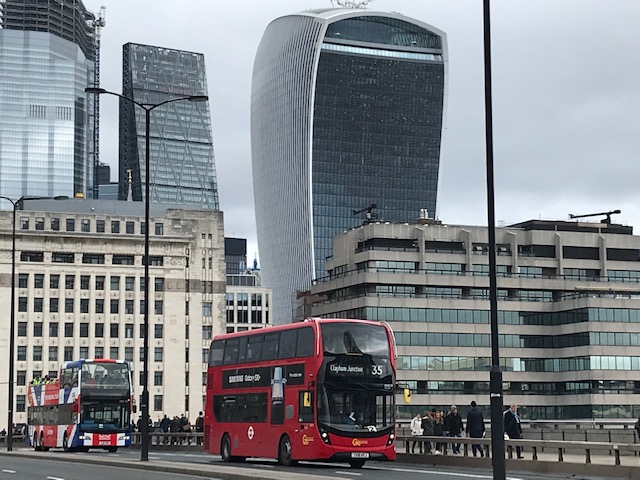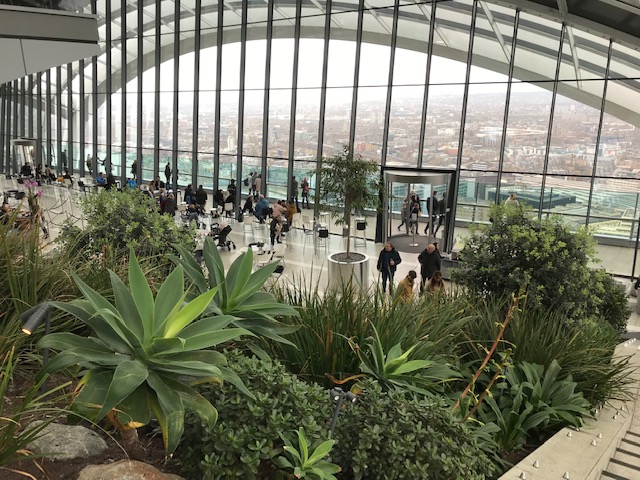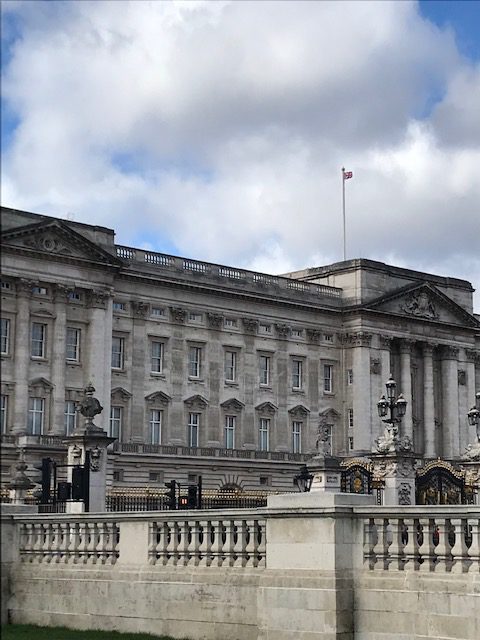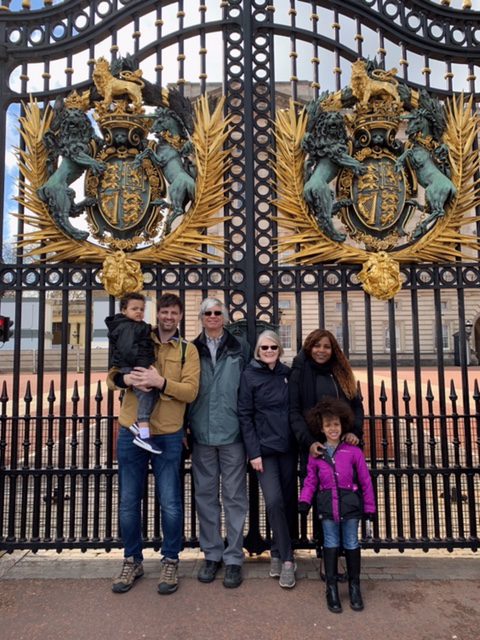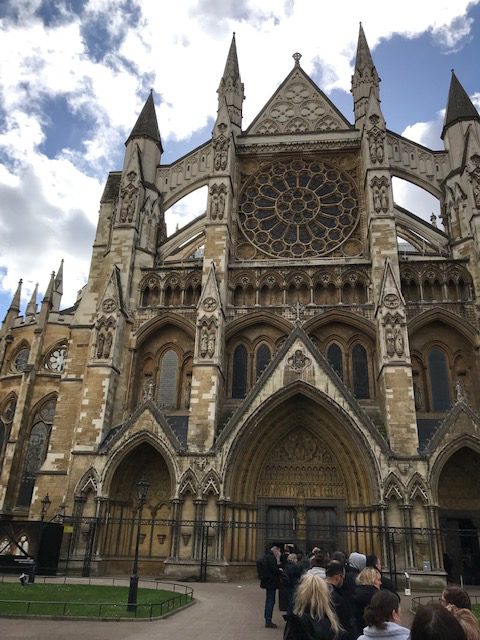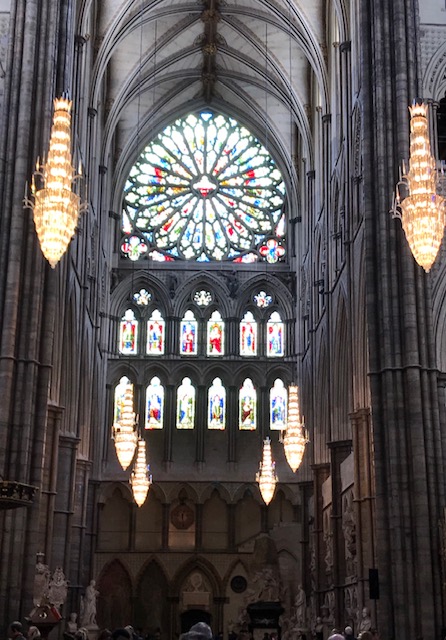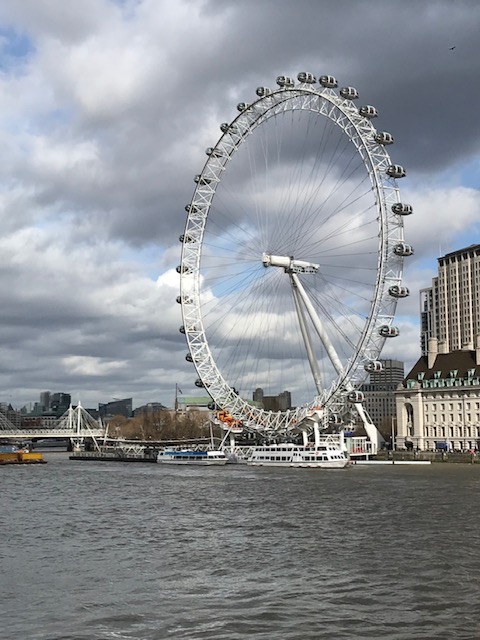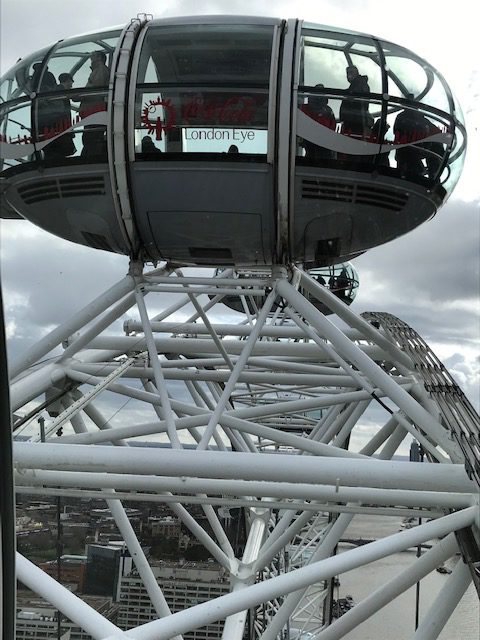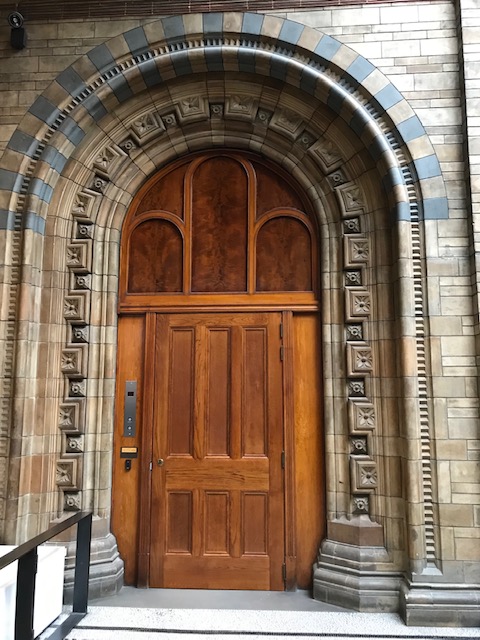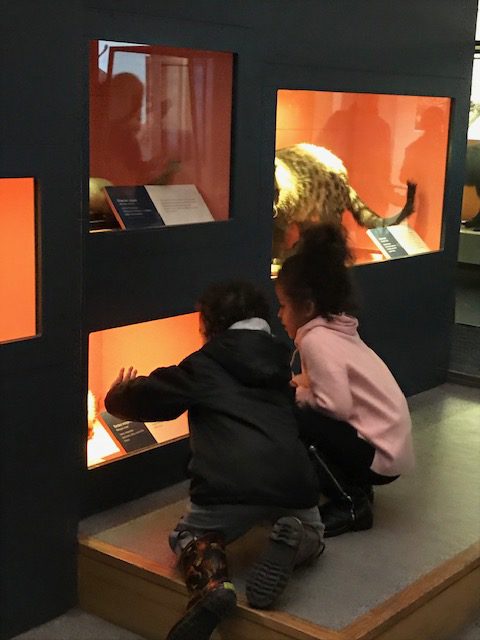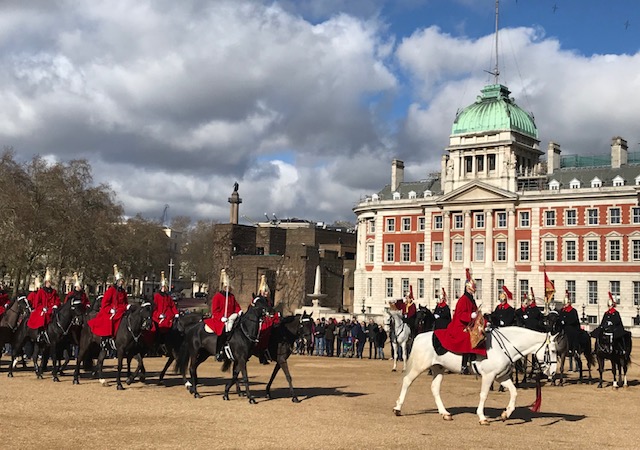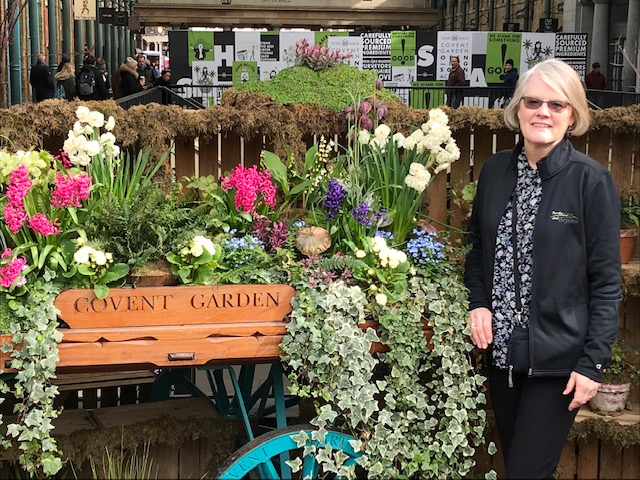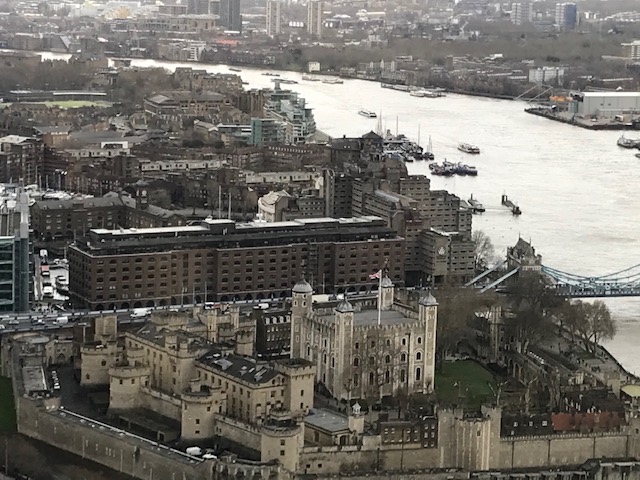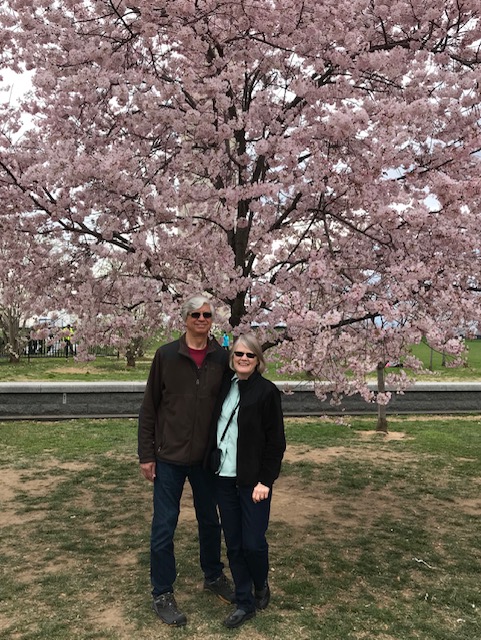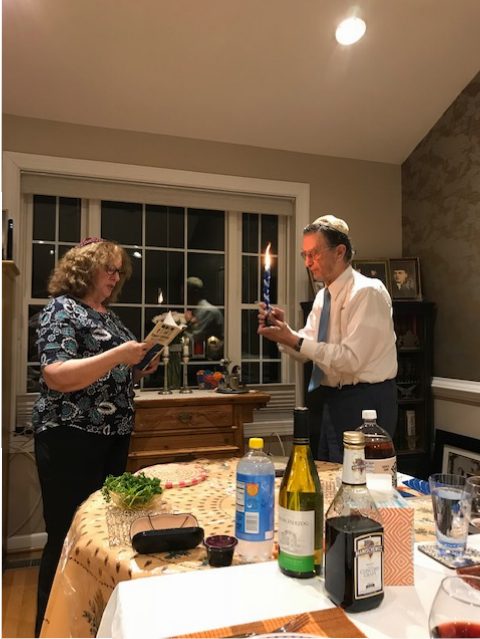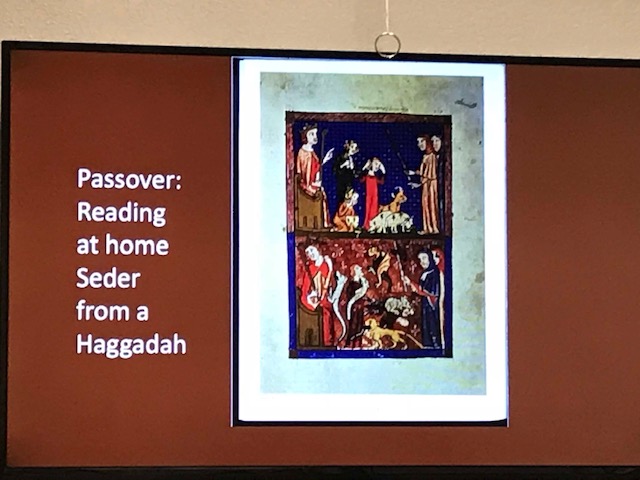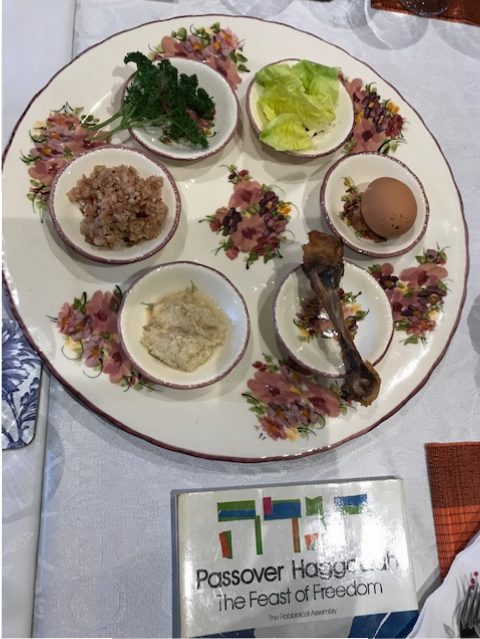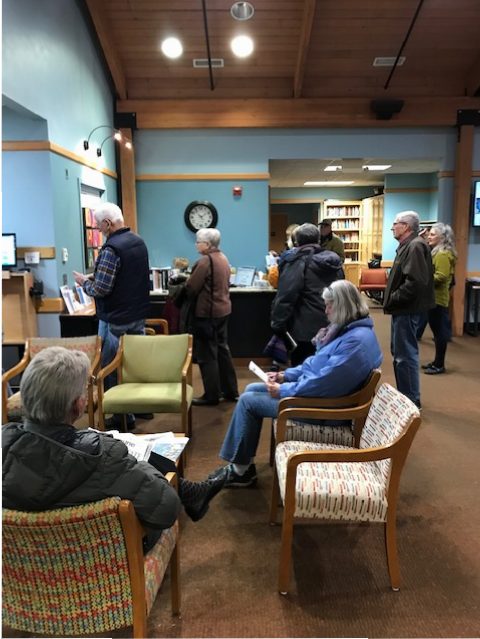Many scenes in the 1993 Hollywood movie Grumpy Old Men were filmed in the small river town of Wabasha, Minnesota. It put Wabasha “on the map” and was their claim to fame for a long time. However, there is another cultural highlight in Wabasha…it is home to the National Eagle Center. The organization began in 1989 and built a beautiful building along the scenic Mississippi River in 2006.
Our book club took a field trip to the center one day in July, and it was very interesting.

After taking a coffee break at the Chickadee Cottage in Lake City, we happened to arrive at the Eagle Center right before an eleven o’clock presentation. The presenter was very interesting and informative, an educator, and part entertainer! She kept us engaged for an hour and we didn’t want the session to end. She said she could have continued speaking because there is so much to teach about the eagles.

When we spoke to her after the program she told us she became interested in eagles (and sharks!) at a young age so when she retired (from being a lawyer) she felt it was a good time to step in and volunteer at the eagle center. We were fortunate to be a part of her class session.
A few tidbits…eagles weigh only 6-8 pounds, keep their nests very clean by “shooting their poop” out of the nest about eight feet! They get their white feathers about the age of 5, and they do a beautiful cartwheel dance as part of their mating ritual. But there is much more.

The eagles at the center are there because they no longer can survive on their own in the wild. They get quality care at the center while the researchers study them. The center has a viewing platform and is a great place to spot eagles along the river, especially in the winter because there is open water at this site, and that’s where eagles gather.

During the program an eagle, Was’aka, was brought into the room to show off to the audience.


Was’aka is blind in one eye, therefore he cannot hunt for himself. He is beautiful! There were additional eagles available for viewing also, including a golden eagle.

We did succumb to a Grumpy Old Men’s icon and ate lunch at Slippery’s Bar and Grill, apparently made famous by the movie. However, we chose it simply because it was the only place we could eat outside, along the mighty Mississippi. The food was good.

Wabasha is little over an hour’s drive from Northfield so it’s an easy day trip and well worth it.



